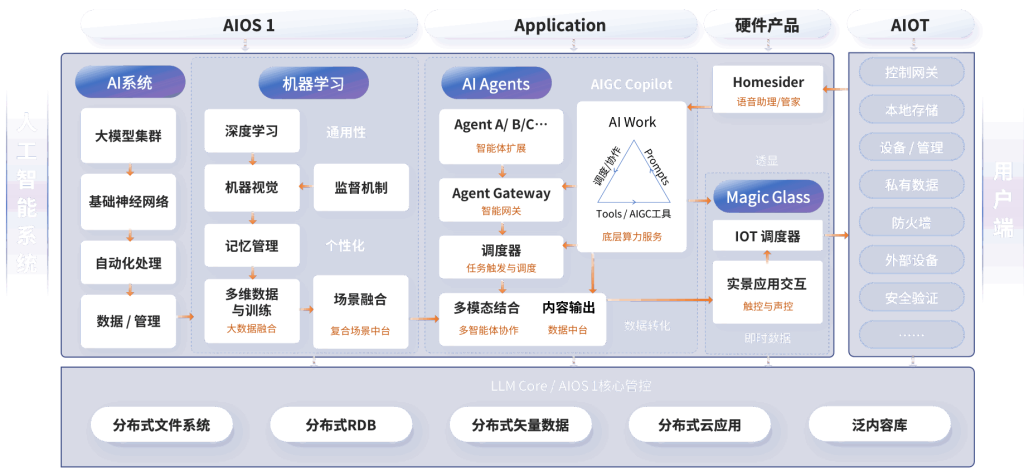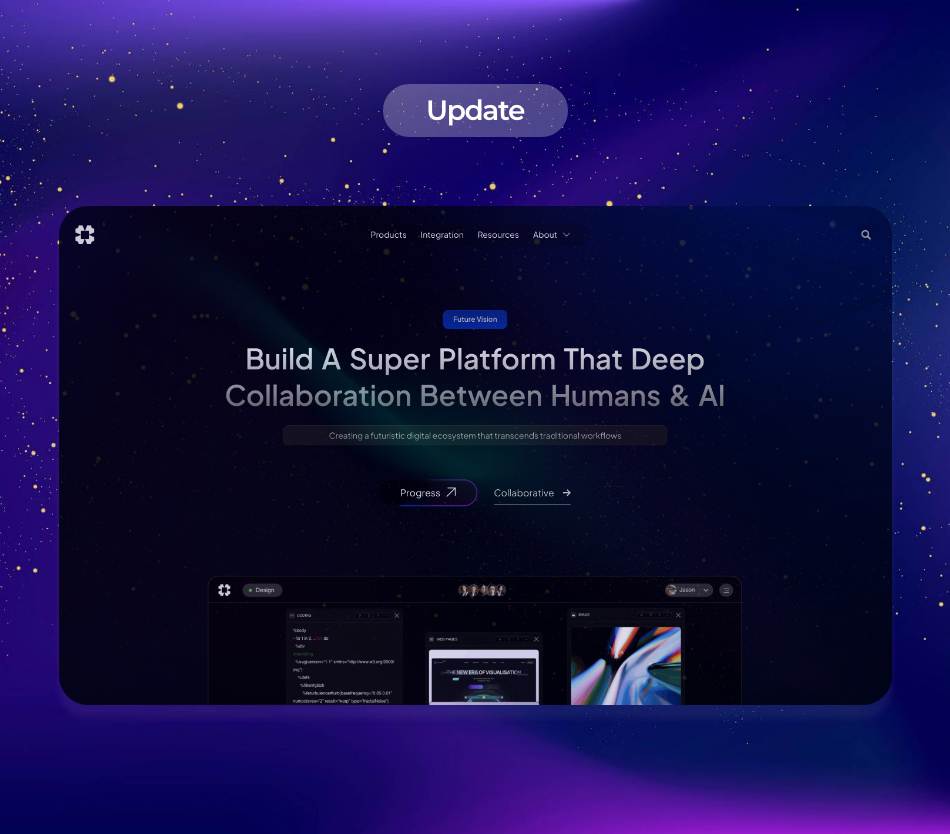The integration of Artificial Intelligence (AI) into the Internet of Things (IoT) is revolutionizing how devices communicate, process data, and automate tasks. As businesses and consumers increasingly rely on interconnected devices, AI enhances the functionality and efficiency of IoT systems, leading to smarter automation solutions. This article delves into the latest trends, applications, and technical insights regarding AI in IoT automation, with a particular focus on task automation solutions and the impact of advanced AI models like LLaMA developed by Meta.
.
**Understanding AI in IoT Automation**
IoT refers to the network of physical devices connected to the internet, enabling them to collect and exchange data. AI enhances these capabilities by enabling devices to learn from data, make decisions, and optimize processes without human intervention. The convergence of AI and IoT creates intelligent systems that can adapt to changing conditions, improving efficiency and user experience.
.
**Current Trends in AI-Driven IoT Automation**
Several key trends are shaping the landscape of AI in IoT automation:
1. **Edge Computing**: With the growing number of IoT devices, processing data at the edge—closer to where it is generated—has become essential. AI algorithms can analyze data in real-time on edge devices, reducing latency and bandwidth usage. This trend is particularly relevant for applications requiring immediate responses, such as autonomous vehicles and industrial automation.
2. **Predictive Maintenance**: AI algorithms analyze data from IoT sensors to predict equipment failures before they occur. This proactive approach minimizes downtime and maintenance costs, enhancing operational efficiency across industries like manufacturing, transportation, and energy.
3. **Smart Home Automation**: AI-powered IoT devices are transforming homes into smart environments. From smart thermostats that learn user preferences to security systems that recognize familiar faces, AI enhances the functionality and convenience of home automation systems.
4. **Enhanced Security**: As IoT devices proliferate, so do security concerns. AI plays a crucial role in identifying and mitigating potential threats. Machine learning algorithms can detect unusual patterns in network traffic, flagging potential security breaches in real-time.
.
**AI in Task Automation Solutions**
Task automation solutions leverage AI to streamline processes across various sectors. By automating repetitive tasks, organizations can improve efficiency and reduce human error. Here are some notable applications of AI in task automation:
1. **Robotic Process Automation (RPA)**: RPA uses AI to automate rule-based tasks across business applications. For instance, AI-driven RPA can handle data entry, invoice processing, and customer service inquiries, freeing up human employees for more complex tasks.
2. **Natural Language Processing (NLP)**: NLP enables machines to understand and respond to human language. This capability is crucial for automating customer support through chatbots and virtual assistants, allowing businesses to provide 24/7 service while reducing operational costs.
3. **Supply Chain Optimization**: AI algorithms analyze data from various sources to optimize supply chain processes. By predicting demand, managing inventory, and automating order fulfillment, businesses can enhance efficiency and reduce costs.
4. **Personalized Marketing**: AI-driven automation tools analyze customer data to deliver personalized marketing campaigns. By automating content generation and customer segmentation, businesses can improve engagement and conversion rates.
.
**LLaMA: A Game-Changer in AI Solutions by Meta**
Meta’s LLaMA (Large Language Model Meta AI) represents a significant advancement in AI capabilities. LLaMA is designed to facilitate various applications, including natural language understanding, content generation, and conversational AI. Its architecture allows for efficient training and deployment, making it an attractive option for businesses looking to integrate AI into their operations.
1. **Enhanced Conversational AI**: LLaMA’s ability to understand context and generate human-like responses makes it ideal for developing advanced chatbots and virtual assistants. Businesses can leverage this technology to improve customer interactions and automate support services.
2. **Content Creation**: LLaMA can assist in generating high-quality content, from articles to marketing materials. By automating content creation, organizations can save time and resources while maintaining a consistent brand voice.
3. **Data Analysis**: LLaMA can process and analyze large datasets, providing insights that drive decision-making. This capability is particularly valuable in industries such as finance, healthcare, and marketing, where data-driven strategies are essential.
4. **Integration with IoT**: LLaMA can enhance IoT applications by enabling devices to understand and respond to natural language commands. This integration allows users to interact with their smart devices more intuitively, improving the overall user experience.
.
**Technical Insights: The Intersection of AI and IoT**
The technical integration of AI and IoT involves several key components:
1. **Machine Learning Algorithms**: These algorithms enable IoT devices to learn from data and improve their performance over time. Supervised, unsupervised, and reinforcement learning techniques are commonly used to train models that drive automation.
2. **Data Analytics**: Analyzing data generated by IoT devices is crucial for deriving actionable insights. AI-driven analytics tools can process vast amounts of data to identify trends, anomalies, and opportunities for optimization.
3. **Interoperability**: For AI and IoT systems to work seamlessly, interoperability between devices and platforms is essential. Standard protocols and frameworks facilitate communication and data exchange, enabling a cohesive automation ecosystem.
4. **Security Measures**: As AI and IoT become more intertwined, ensuring the security of these systems is paramount. Implementing robust cybersecurity measures, such as encryption and access controls, is critical to protecting sensitive data and maintaining user trust.
.
**Industry Applications of AI in IoT Automation**
The applications of AI in IoT automation span various industries, each benefiting from enhanced efficiency and productivity:
1. **Healthcare**: AI-powered IoT devices monitor patient health in real-time, enabling proactive interventions. Wearable devices can track vital signs and alert healthcare providers to potential issues, improving patient outcomes.
2. **Manufacturing**: AI-driven automation solutions optimize production processes by analyzing data from machinery and supply chains. Predictive maintenance and quality control measures reduce downtime and enhance product quality.
3. **Agriculture**: IoT sensors combined with AI analytics help farmers monitor crop health, soil conditions, and weather patterns. This data-driven approach allows for precision agriculture, optimizing resource use and increasing yields.
4. **Transportation**: AI enhances the efficiency of logistics and transportation systems. IoT devices track vehicle performance and traffic conditions, enabling route optimization and reducing fuel consumption.
.
**Conclusion: The Future of AI in IoT Automation**
The integration of AI into IoT automation is transforming industries and creating new opportunities for innovation. As technologies like LLaMA by Meta advance, the potential for intelligent automation solutions will continue to expand. Organizations that embrace these technologies will be better positioned to enhance efficiency, reduce costs, and improve customer experiences in an increasingly connected world.
.
**Sources:**
1. “How AI and IoT are Transforming Business Operations” – McKinsey & Company
2. “The Role of AI in IoT: Trends and Insights” – Gartner
3. “LLaMA: A New Approach to Language Models” – Meta AI Research
4. “AI in Task Automation: A Comprehensive Overview” – IBM Watson
5. “Edge Computing and IoT: The Future of Data Processing” – Forrester Research





















